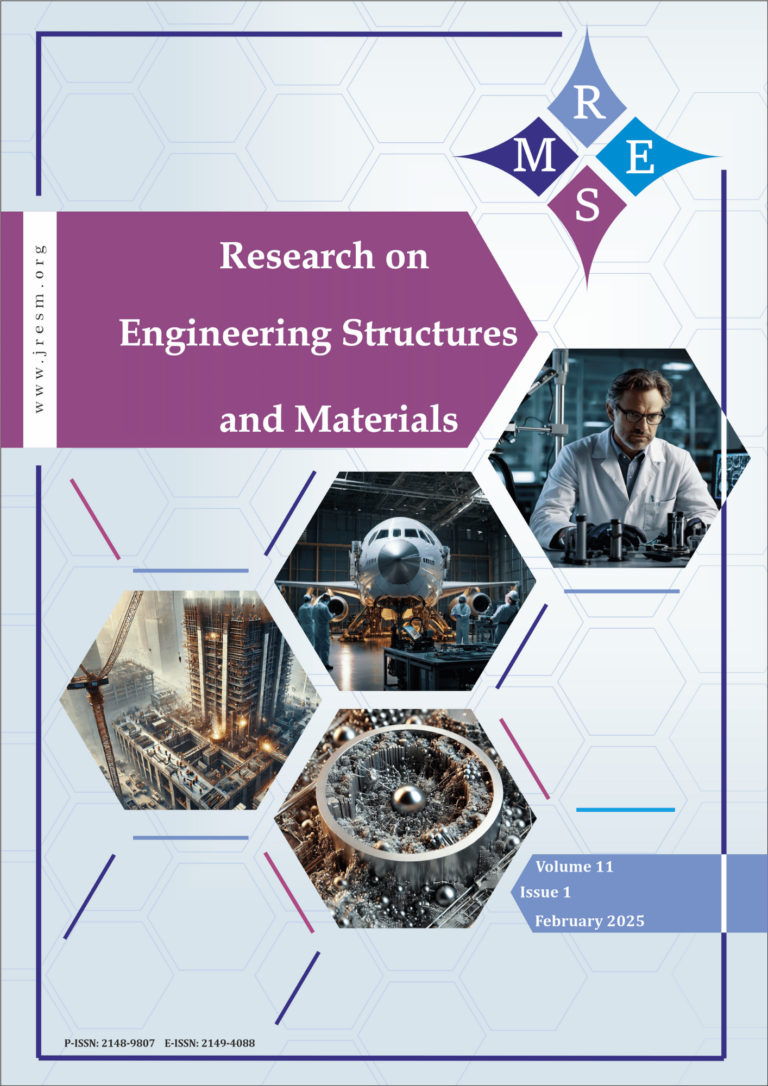The current study involves a computational investigation on the cooling of the combustion chamber liners in a gas turbine engine. Effusion cooling is a high-efficiency, lightweight and low-cost cooling system widely used in combustion chamber liners nowadays. The effect of blowing ratio and effusion hole injection angle on adiabatic effectiveness is investigated. The simulations are carried using COMSOL Multiphysics 5.4 with the standard k- ε turbulence model. A 3D computational model consisting of mainstream duct, effusion plate and effusion holes has been incorporated for the analysis. The blowing ratios used in the study are 0.25, 0.5, 1, 1.25 and 1.5 at constant density ratio of 1.0 for different injection angles of 30° and 60°. The simulation results show a strong dependence of adiabatic effectiveness on the blowing ratios. For low blowing ratios the adiabatic effectiveness in effusion hole region is high on account of coolant being attached to the surface. On the contrary, for high blowing ratios the adiabatic effectiveness is low near the effusion holes region. In the downstream region of effusion holes the adiabatic effectiveness raises for high blowing ratios. In addition, it has been observed that injection angle of 30o provides better adiabatic effectiveness compared to injection angle of 60o. The velocity and temperature profiles are investigated to demonstrate the behavior of coolant flow on the effusion surface and the influence on adiabatic effectiveness. This study concludes that the proper selection of blowing ratio and injection angle improves combustion chamber’s efficiency and lifetime.
